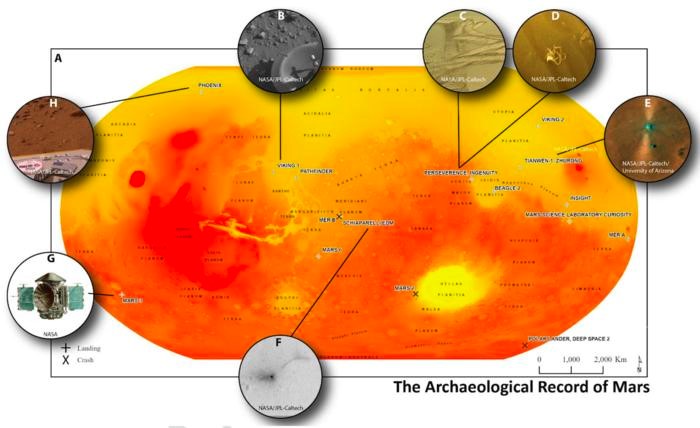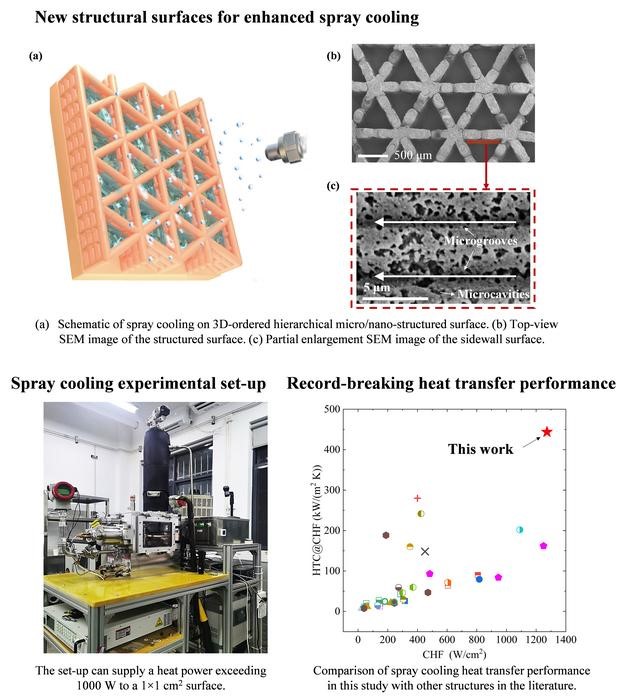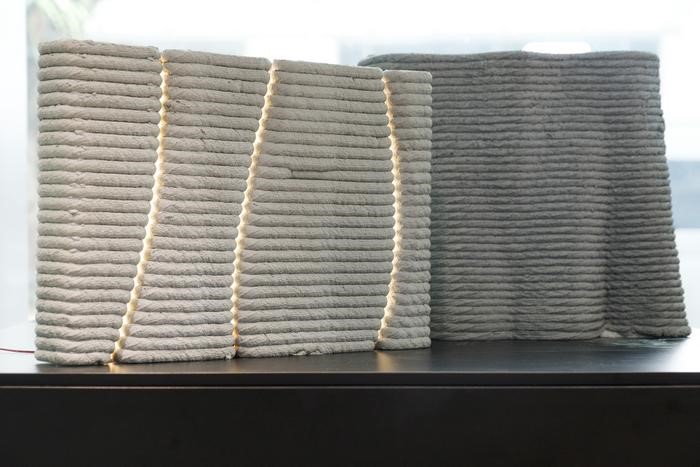Anthropologists Advocate for Tracking and Preservation of Human Artifacts on Mars
A new study by University of Kansas anthropologist Justin Holcomb argues that the physical remnants of human activity on Mars merit careful cataloguing, preservation, and protection as part of the archaeological record of humanity's first interplanetary endeavours.

Figure 1. Anthropologists Call for Preservation and Documentation of Human Artifacts on Mars
The paper, “Emerging Archaeological Record of Mars,” published in Nature Astronomy, makes the case for recognizing these artifacts as critical to understanding our species' expansion beyond Earth. Figure 1 shows Anthropologists Call for Preservation and Documentation of Human Artifacts on Mars.
“Our central argument is that humans are experiencing an ongoing dispersal that began in Africa, expanded across continents, and has now extended to outer space,” Holcomb, the study’s lead author, explained. “Just as we track our movements, history, and evolution on Earth through artifacts and features, we can do the same in space by examining the probes, landers, and other materials we leave behind. These objects form a tangible record of this dispersal.”
Holcomb draws parallels between these remnants—sometimes dismissed as “space trash”—and ancient middens, or garbage dumps, which archaeologists rely on to uncover details about past societies. He contends that these materials have significant archaeological and environmental importance.
“These are the first physical records of humanity’s presence on another planet, and that’s invaluable,” Holcomb said. “Many refer to it as ‘space trash’ or ‘galactic litter.’ But we argue it’s not trash—it’s heritage. Trash is something you remove, but heritage is something you preserve. That’s a key distinction.”
The study calls for future Mars missions to prioritize the preservation of these sites, avoiding archaeological damage during exploration. “Planners must consider these areas carefully,” Holcomb added. “Instead of treating this material as litter, we need to see it as part of humanity’s legacy. From an academic standpoint, this is about tracking our movements through space and time, a process archaeologists do use stratigraphy.”Holcomb’s co-authors include Beth L. O’Leary (New Mexico State University), Alberto Fairén (Centro de Astrobiology, Madrid, and Cornell University), Rolfe Mandel (University of Kansas), and Karl Wegmann (North Carolina State University).
Building on earlier research advocating for a “lunar Anthropocene”—an era of human influence on the moon’s landscape—Holcomb argues that Mars offers a similar but distinct record. “While we can discuss a human age on the moon, on Mars, we instead have an archaeological record that must be contextualized within a stratigraphic framework. This approach could ultimately be applied across the solar system.”The human impact on Mars began in 1971 with the Soviet Union’s Mars 2 rover crash, marking humanity’s first enduring imprint on another planet’s surface. “The Mars 2 crash represents a pivotal moment,” Holcomb said. “It wasn’t our first interaction with a celestial body—that was the moon—but it was the first preserved evidence of our presence on another planet.”
While Earth-based archaeologists understand how geology and climate degrade artifacts over time, Martian conditions—including cosmic radiation, wind erosion, and dust storms—remain largely unknown factors that affect preservation. This emerging field, called planetary geoarchaeology, will examine how unique Martian processes influence these materials.
“Different regions of Mars have varying geological processes,” Holcomb explained. “For instance, ice activity in the cryosphere accelerates material alteration, while massive dune sands and global dust storms could bury artifacts, making relocation nearly impossible. The Spirit Rover, for example, is located near a growing dune field that will eventually consume it.”
To address these concerns, Holcomb advocates for creating a standardized methodology to track and document human-made materials on Mars and other planetary surfaces. He suggests leveraging existing frameworks, such as the U.N. Register of Objects Launched into Outer Space, to build a comprehensive database.
“If we treat this material as heritage, we can catalog and preserve it,” he said. “Everything—whether it’s a broken rover wheel or a helicopter blade, which symbolizes the first aerial flight on another planet—holds historical significance. These artifacts are like the hand axes found in East Africa or Clovis points in North America. They mark humanity’s initial presence and represent critical milestones in our timeline of exploration and migration.”
Source: EureAlert
Cite this article:
Priyadharshini S (2024), “Anthropologists Advocate for Tracking and Preservation of Human Artifacts on Mars”, ,AnaTechMaz, pp. 287















